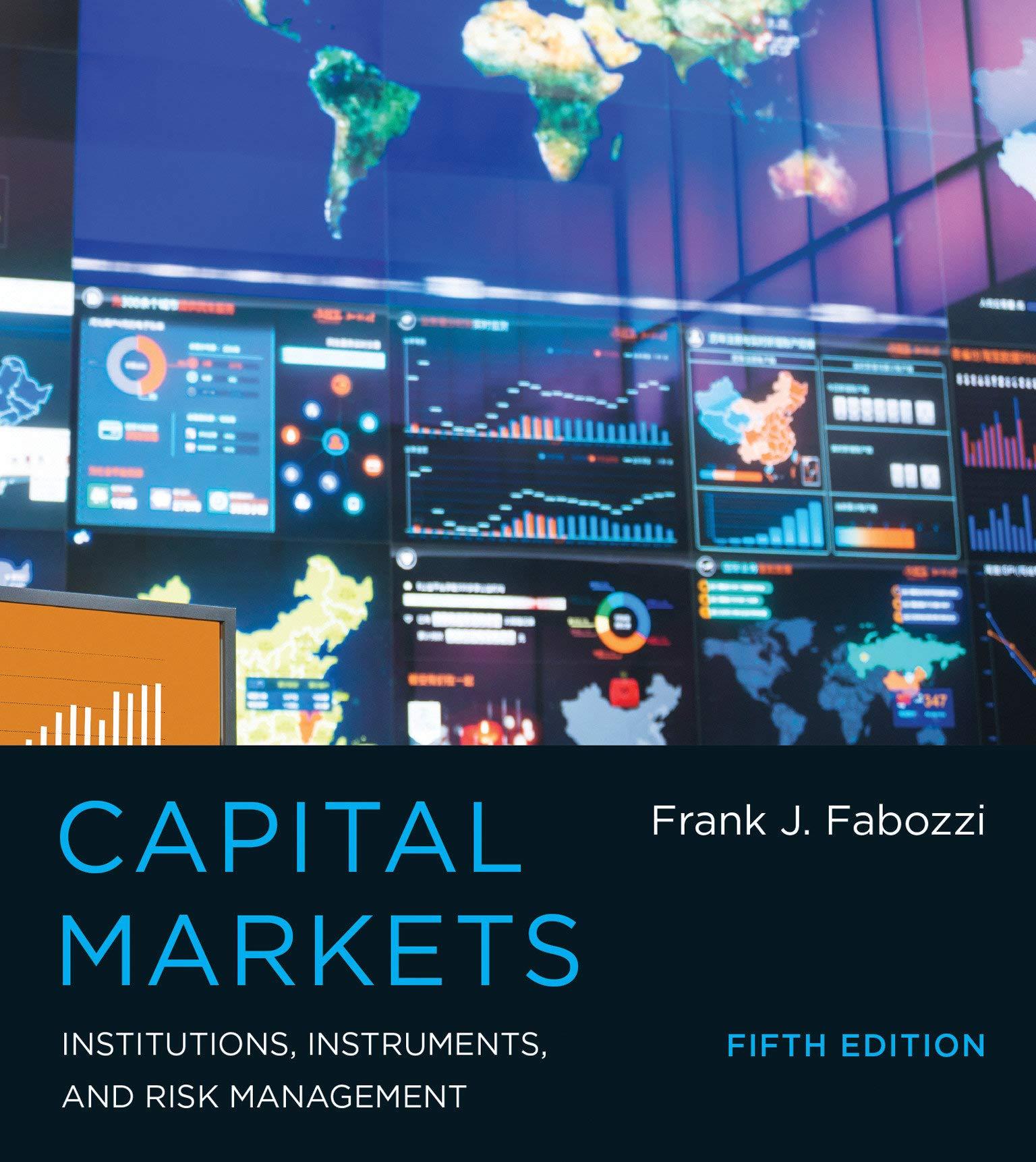
EVALUATING RISK AND RETURN Stock X has a 10.0% expected eturn, a beta coefficient o 0.9, and a 40% standard deviation of expected returns. Stock Y has a 2 0% expected ret m a e a coe ciento anda 20 % standard de ation. The risk-free rate is 6%, and the market risk premium is 5%. a. Calculate each stock's coefficient of variation. Round your answers to two decimal places. Do not round intermediate calculations b. Which stock is riskier for a diversified investor? I. For diversified investors the relevant risk is measured by standard deviation of expected returns. Therefore, the stock with the higher standard deviation of expected returns is more risky. Stock X has the higher standard deviation so it is more risky than Stock Y. II. For diversified investors the relevant risk is measured by beta. Therefore, the stock with the lower beta is more risky. Stock X has the lower beta so it is more risky than Stock Y. For diversified investors the relevant risk s measured by standard deviation o expected returns. Therefore, the Stock with the lo standard de nation of expected returns is more risk to k , as over standard deviation so it is more risky than Stock X V. For diversified investors the relevant risk is measured by beta. Therefore, the stock with the higher beta is more risky. Stock Y has the higher beta so it is more risky than Stock X. -Select- IV. For diversified investors the relevant risk is measured by beta. Therefore, the stock with the higher beta is less risky. Stock Y has the higher beta so it is less risky than Stock X. c. Calculate each stock's required rate of return. Round your answers to two decimal places. d. On the basis of the two stocks' expected and required returns, which stock would be more attractive to a diversified investor? Select- e. Calculate the required return of a portfolio that has $8,000 invested in Stock X and $2,500 invested in Stock Y. Do not round intermediate calculations. Round your answer to two decimal places. f. If the market risk premium increased to 6%, which of the two stocks would have the larger increase in its required return? Select







